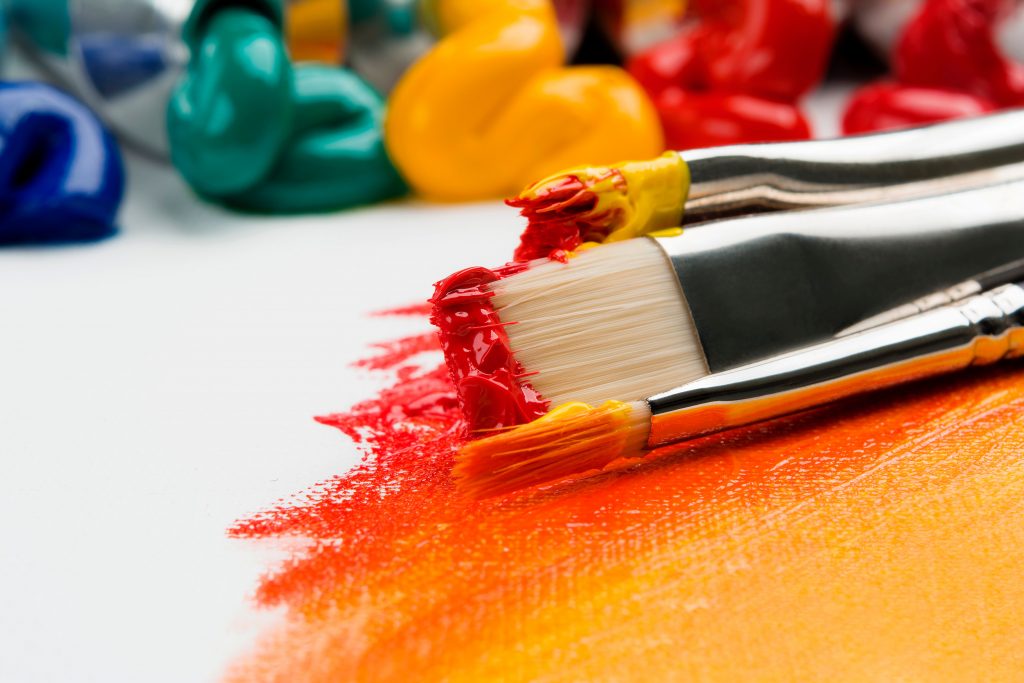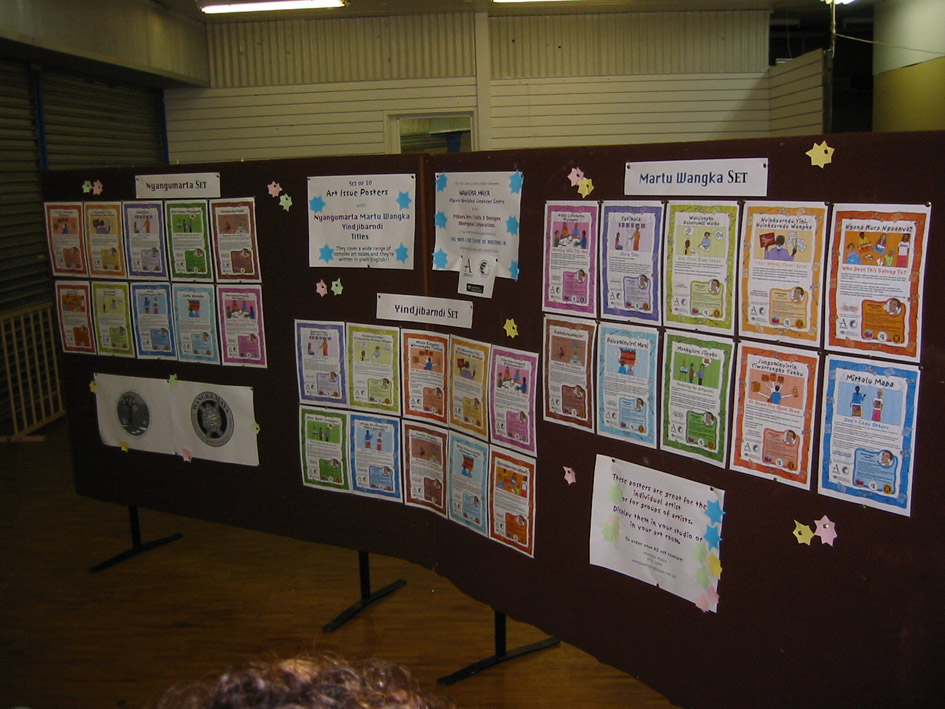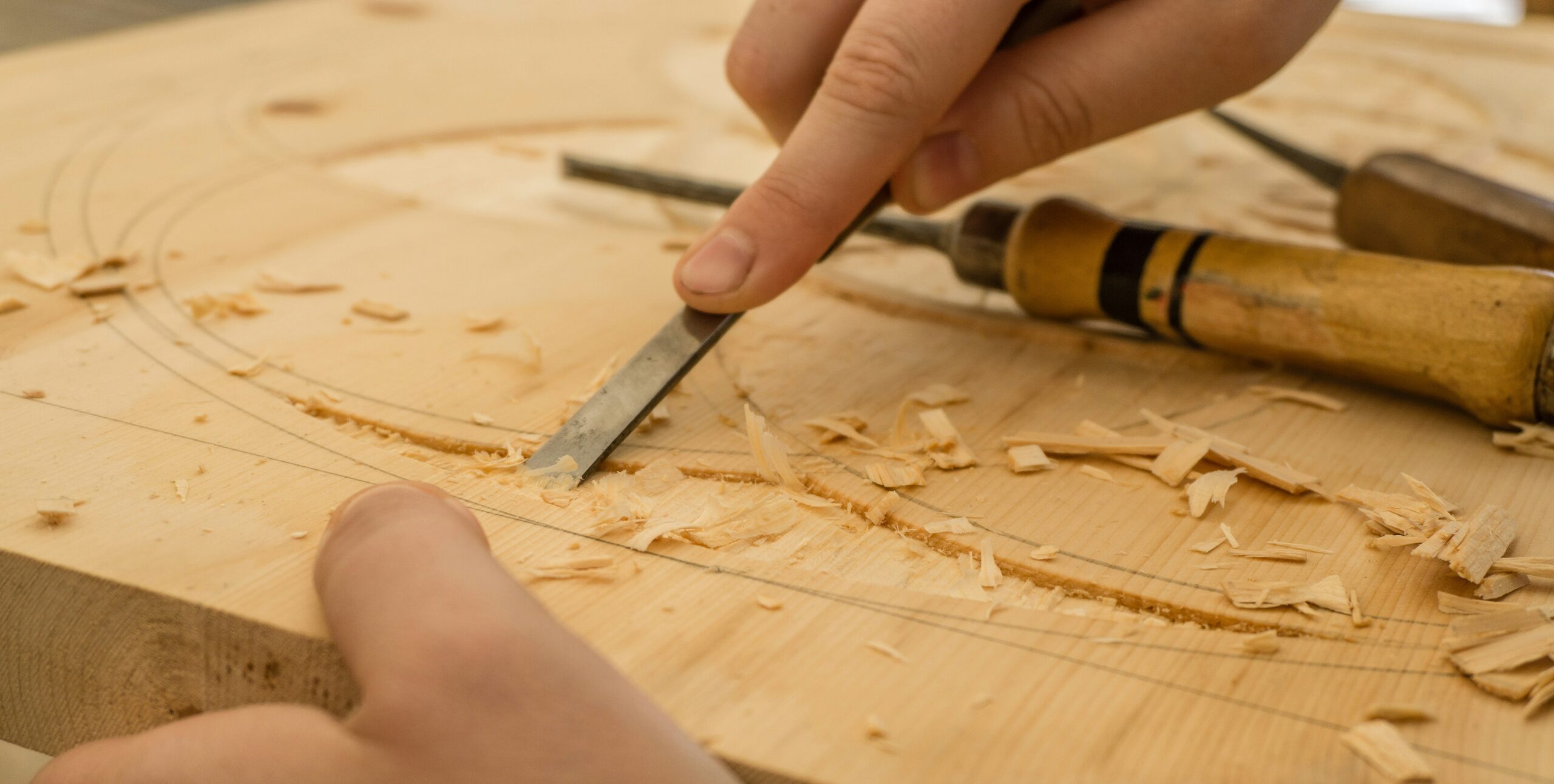A visual artist discovers another artist is copying parts of her artwork – how should you react?


Arts Law was approached by an artist who instructed us that she had discovered parts of her artwork were copied and incorporated into the artwork of another artist and made available for sale online. Further she understood that the other artist was going to exhibit these artworks.
Arts Law’s Senior Solicitor Trudie Sarks explained that an artist’s copyright means that an artist’s permission must be obtained before their work, or an important or distinctive part of it, is reproduced without permission or communicated to the public (eg online) or published for the first time. (There are however exceptions where permission is not required for example where there is a fair dealing of the artwork such as for criticism or review or research.) An artist also has moral rights, which are the rights to be credited, not falsely credited and that their work cannot be altered/treated in certain ways.
Our client was very distressed, but did not wish the situation to blow up into a legal dispute. Rather her preferred approach was to send a letter explaining how concerned she was and requesting that the other artist cease copying, remove the works, and not exhibit them. Arts Law suggested appropriate language to include in the letter, with the goal of resolving the matter quickly and without having to commence legal proceedings. Arts Law suggested that the client include a deadline for a response, and to point out to the other artist that they should consider their own artistic integrity.
We are thrilled to hear from our client that the other artist responded immediately, agreeing to remove the artworks and not to exhibit them. The client was very happy with the other artist’s response which was very apologetic and in the spirit of resolution. The client informed us that she feels it was the choice of language in her letter which assisted in this favourable response.
This is an example of the kind of outcome Arts Law strives to assist our clients in reaching. It is all the more pleasing because the client did not have to resort to legal action. Sometimes it’s about writing a letter in the right tone which can achieve a positive outcome. Indeed, the client has informed us that the two artists have now ended up on friendly terms.
Moving forward, Arts Law suggested to the client to continue to be proactive in protecting her copyright in her artworks and that Arts Law is always here to provide legal advice, not just for copyright concerns but for a wide range of other legal queries relating to her arts practice. For example, having agreements in place with galleries and anyone wanting to use her art. We also encouraged the client to consider the importance of protecting her artworks online including the different measures she could use such as watermarks, locks and low-resolution images.
It is very rewarding for Arts Law to hear the client’s satisfaction with our advice and the resolution of the matter.
“I wanted to thank you for your help with my copyright query earlier in the week. Your advice helped me reach a successful outcome with the artist in question withdrawing her work and apologising. Your information on what to and not to include and suggestions for phrasing my letter gave me the confidence to proceed carefully and understand my rights more clearly. Thank you for help and to Arts Law for providing a great service.”



